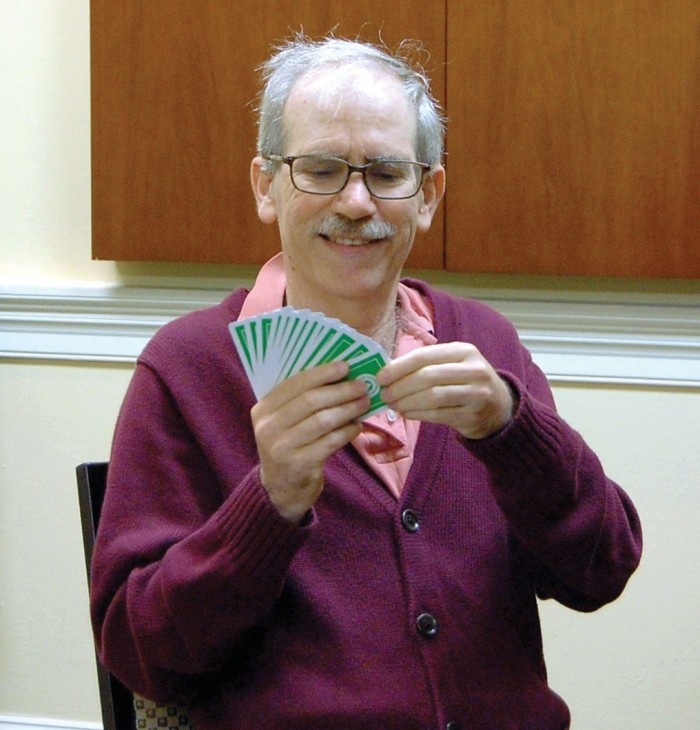For some people the game of bridge is a recreation. For others it’s a passion. For Chip Martel, it’s an art—he’s won five world championships and more than two dozen U.S. titles and was called “one of the best players ever” by the New York Times upon his 2014 election to the American Contract Bridge League Hall of Fame.
Simultaneously, Martel has built a distinguished academic career, earning a doctorate from the University of California, Berkeley, in 1980 and helping establish the computer science department at the University of California, Davis. He taught and conducted research there for more than 30 years and was named professor emeritus when he retired in 2013.
Martel’s focus on design, analysis, and application of algorithms dates to a small advanced class in computer algorithms that he took at MIT during his senior year in Course 6.

“The professor made it very interesting and enjoyable because he would often start to present an algorithm and then discover a stumbling block,” he recalls. “Everyone in the class would have a good time figuring out the proof. It was very effective for us, and I worked in that area for my whole career.”
Martel notes that bridge and algorithms are both “puzzle-solving activities, where you have to find an answer based on what you know.”
He also cites the importance of his connection with longtime bridge partner and fellow Hall of Famer Lew Stansby. “Bridge is more multidimensional than poker or chess,” explains Martel. “In addition to the technical aspects of the game, you have to be good at partnership and psychology. Lew and I have spent a lot of time talking about bridge. Playing together for so long made it easier to have a serious academic career—starting a new partnership is a lot of work.”
Another example of strong partnership: Martel’s 33-year marriage to his wife, Jan, a retired attorney, a Hall of Fame bridge player, and chief operating officer of the U.S. Bridge Federation. “We have friends all over the world through bridge,” says Martel. “Since retiring, we’ve enjoyed having time to visit and sightsee when we go to international tournaments.”
While challenging at times, Martel’s dual career has provided many highlights, including a single academic year in which he won both a world championship and tenure.
Moreover, he says, “when there are problems in one area, there are often good things in the other to pick you up. I’ve reaped many rewards from pursuing both of my passions.”
Keep Reading
Most Popular
Large language models can do jaw-dropping things. But nobody knows exactly why.
And that's a problem. Figuring it out is one of the biggest scientific puzzles of our time and a crucial step towards controlling more powerful future models.
How scientists traced a mysterious covid case back to six toilets
When wastewater surveillance turns into a hunt for a single infected individual, the ethics get tricky.
The problem with plug-in hybrids? Their drivers.
Plug-in hybrids are often sold as a transition to EVs, but new data from Europe shows we’re still underestimating the emissions they produce.
Stay connected
Get the latest updates from
MIT Technology Review
Discover special offers, top stories, upcoming events, and more.